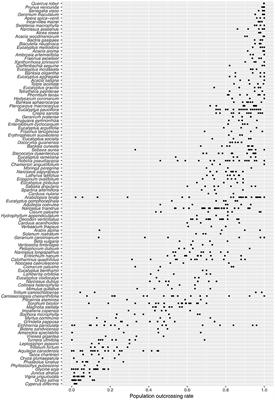Vikrojka Korseta Pdf

OQjosqkiePKrTAJnCujにお住まいの rmckinstry_601 さんの記帳 2rand[0,1,1]歳 ツ男性: 2016年04月29日(金) 03時46分.
How to grim texture pack skeleton dog minecraft. The coat of arms of Moscopole. Although located in a rather isolated place in the mountains of southern Albania, the city rose to become the most important center of the Aromanians. It was a small settlement until the end of the 17th century, but afterwards showed a remarkable financial and cultural development.
Tetradj dlya zakrepleniya znanij 2 klass kanashevich matematika 1. Some writers have claimed that Moscopole in its glory days (1730–1760) had as many as 70,000 inhabitants; other estimates placed its population closer to 35,000; but a more realistic number may be closer to 3500: '.The truth may be closer to this number [sc. 3500] than to 70,000. Moschopolis was certainly not among the largest Balkan cities of the 18th century'. According to the Swedish historian, who visited Moscopole and wrote a history of the Aromanians in 1774, everyone in the city spoke Aromanian; many also spoke Greek, which was used for writing contracts, in fact the city is said to have been mainly populated by Vlachs/Aromanians. The fact was confirmed by a 1935 analysis of the family names shows that the majority of the population were indeed Vlachs, but there were also Greeks and Albanians present in the city.
Murals of St. Nicholas church, painted. Historically the main economic activity of the city was the livestock farming. The alternative name 'Voskopolis' means 'City of shepherds'. This activity led to the establishment of wool processing and carpet manufacturing units and the development of tanneries, while other locals became metal workers, silver and copper smiths. During the middle of the 18th century, the city became an important economic center whose influence spread over the boundaries of the, and reached further the Ottoman ruled Eastern-Orthodox world: the trade involved as far as the Archduchy of Austria, the, and the. Until 1769, the town traded on a large scale with renowned European commercial centres of that time, such as,.
Culture [ ] A printing press was also operating in Moscopole which was the second one in Ottoman Europe (in: İskopol/Oskopol, ) after that of Constantinople. This establishment produced a total of nineteen books, mainly Services to the Saints but also the Introduction of Grammar by the local scholar. The later became director of the city's prestigious educational institution, which from 1744 was known as or Hellenikon Frontistirion, sponsored by the wealthy merchants of the diaspora. Moreover, the city hosted an, known as Orphanodioiketerion, probably the first in the post-Byzantine Orthodox world, a hospital and a total of 24 churches. A cultural effervescence arose in Moscopole, and many authors published their works in both the (which was the language of culture of the Balkans at the time) and, written in the. In 1770, the first dictionary of four modern Balkan languages (,, Vlach/ and ) was published here.
A Vlach-speaking native priest of Moscopole, compiled a quadrilingual lexicon of,, and, that aimed at the of the non-Greek-speaking Christian communities in the. Due to the high level of intellectual activity and Greek education Moscopole was nicknamed as New Athens or New Mystra. As such the city became an important 18th century center of the.
Dictionary of four Balkan languages (Greek,, Aromanian and Bulgarian) created from, an from Moscopole, probably in 1770 and published in 1794 in the. The 1769 sacking and pillaging by Muslim Albanian troops was just the first of a series of attacks. Moscopole was attacked due to the participation of the residents in the preparations for a supported by the Russian Empire (known as Orlov revolt).

Its destruction culminated with the razing of 1788 by the troops of. Moscopole was practically destroyed by this attack, while some of its commerce shifted to nearby.